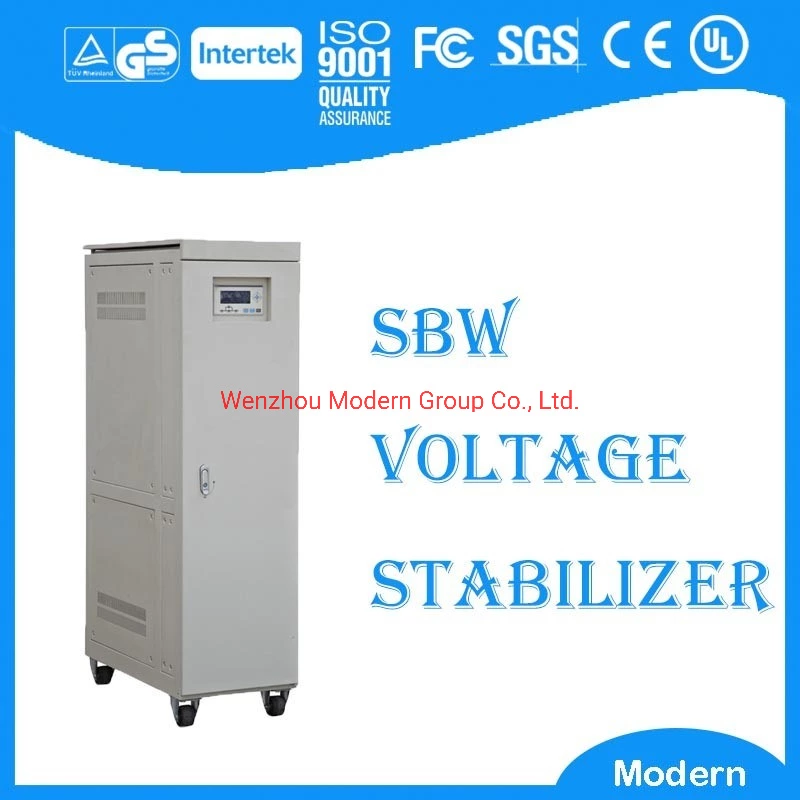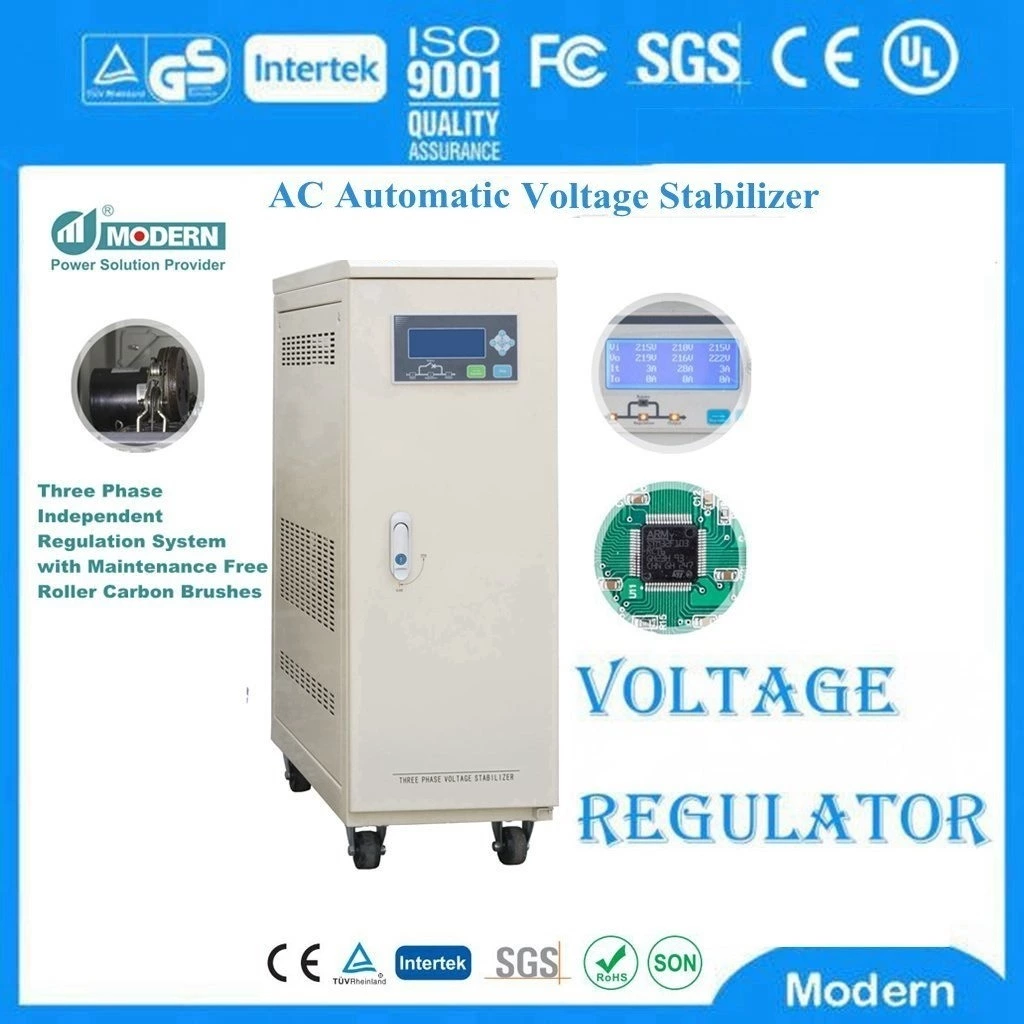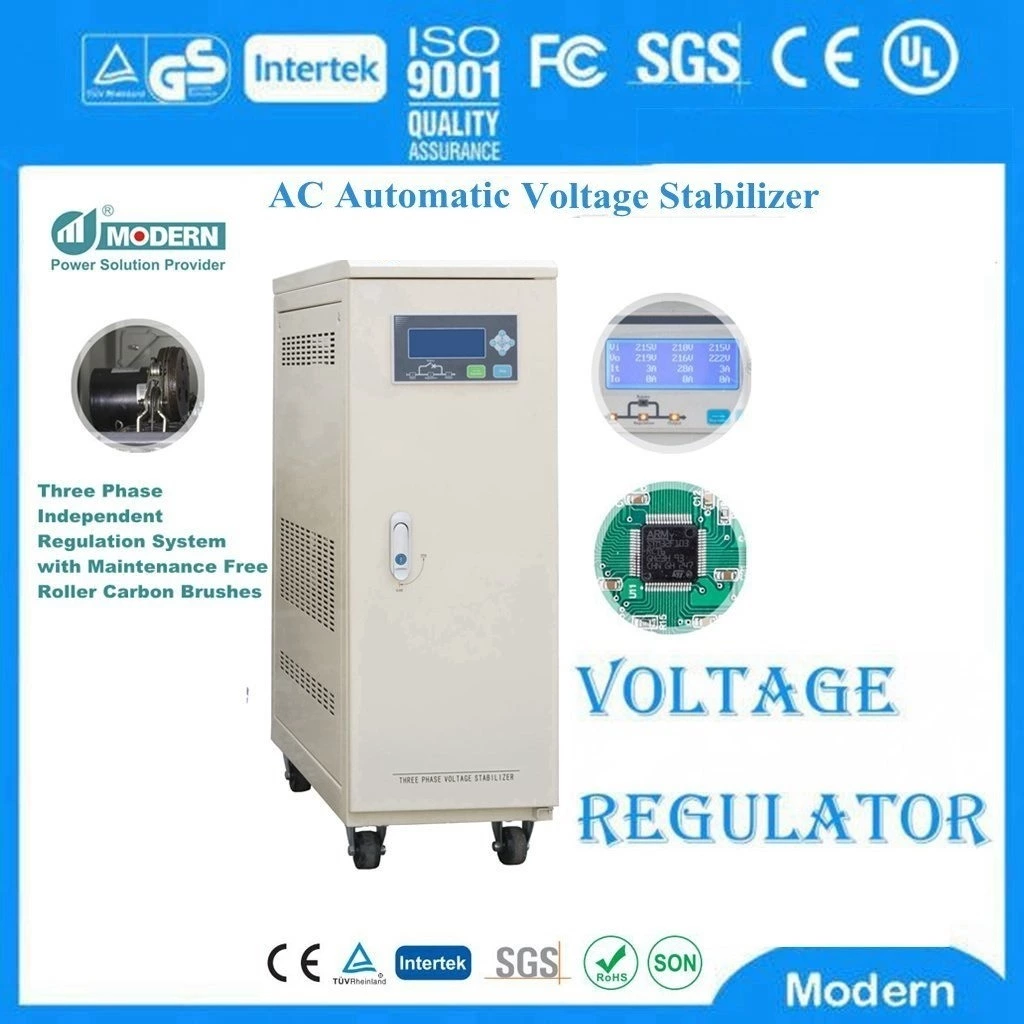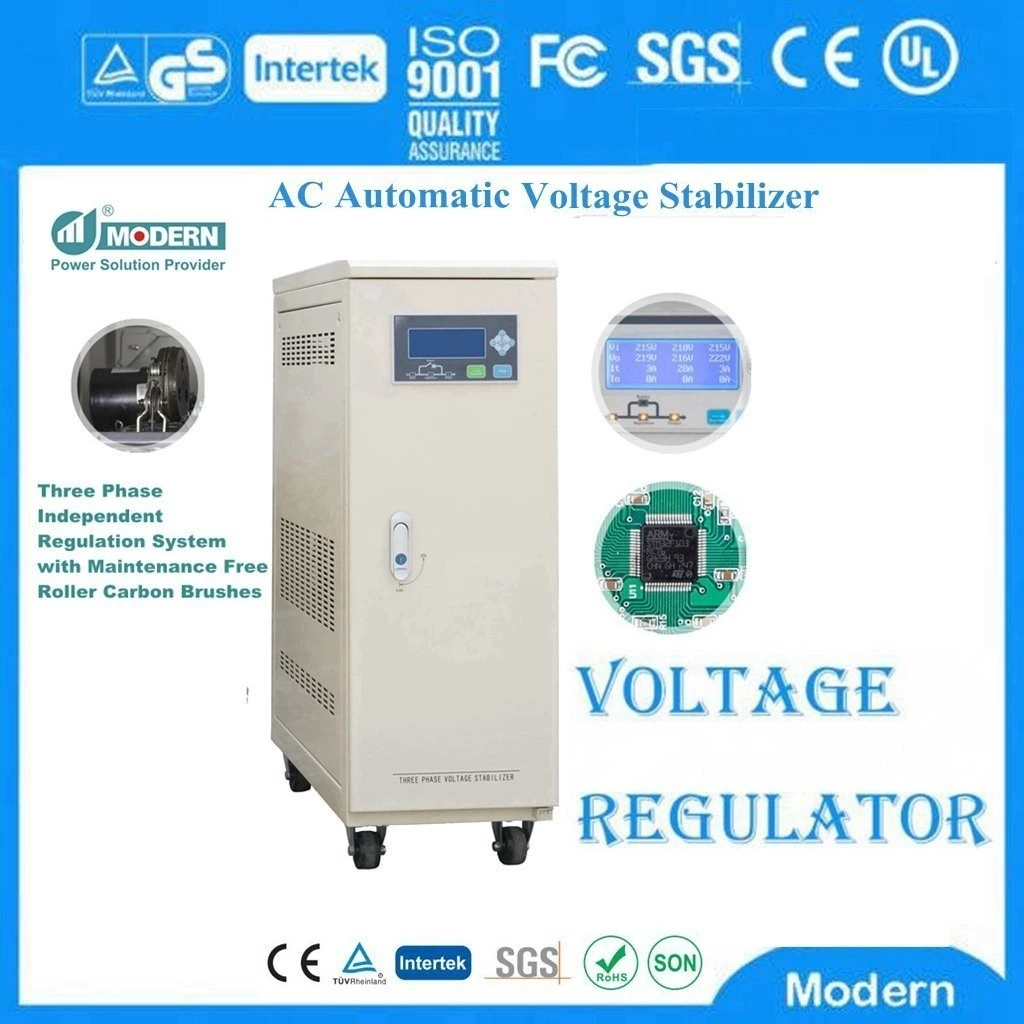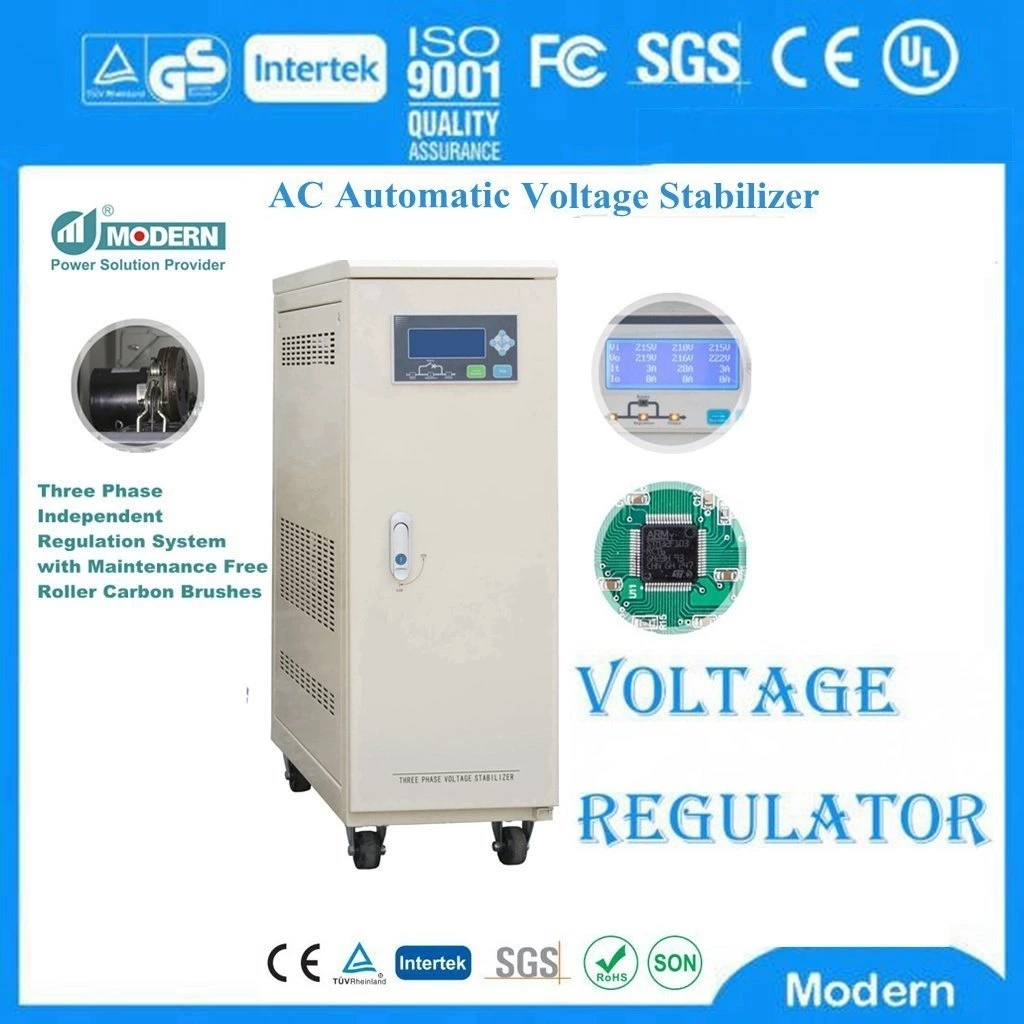Uninterruptible Power Supply Notes
Because of the particularity of the inverter and battery, the installation and use of Uninterruptible Power Supply(UPS) must have a set of strict and scientific operating procedures to improve working stability, reduce equipment failure rate, and truly achieve uninterrupted power supply for equipment.
(1) The installation environment of the UPS power supply should avoid direct sunlight and leave enough ventilation space to keep the working environment temperature no higher than 25℃. If the working environment temperature exceeds 25℃, the battery life will be shortened by about half for every 10℃ increase in temperature.
(2) It is not advisable to use high-power thyristor loads, thyristor bridge rectifiers or half-wave rectifier loads at the output end of the UPS power supply. Such loads can easily cause the inverter's final drive transistor to burn out.
(3) Strictly follow the correct startup and shutdown sequence to avoid large voltage output fluctuations of the UPS power supply due to sudden increase or decrease in load, which may cause the UPS power supply to fail to work normally.
(4) It is forbidden to frequently turn off and on the UPS power supply. Generally, it is required to wait at least 30 seconds after turning off the UPS power supply before turning on the UPS power supply. The reason for the high incidence of failures in small and medium-sized UPS power supplies is that users frequently turn on or off the power supply, and the UPS power supply is loaded during the inverter power supply and bypass power supply switching period.
(5) Practice has proved that for most UPS power supplies, controlling its load within the range of 50%~60% of the rated output power is the best working mode. Overload is prohibited. The manufacturer recommends that the maximum starting load of the UPS power supply should be controlled within 80%. If it is overloaded, the inverter transistor will often break down in the inverter state. It is not advisable to operate with excessive light loads. In this case, it is easy to cause battery failure due to the small battery discharge current.
(6) Regularly perform maintenance work on the UPS power supply: observe the working indicator light status, remove dust, measure the battery voltage, replace unqualified batteries, check the fan operation status and detect and adjust the UPS system parameters.
(7) UPS power supply is more suitable for carrying micro-capacitive loads, but not for carrying inductive loads, such as air conditioners, motors, electric drills, fans, etc. If the UPS power supply load is a resistive or inductive load, its load must be reduced as appropriate to avoid overload operation.

 Русский
Русский
 Français
Français
 Português
Português
 Español
Español
 اللغة العربية
اللغة العربية
